Fallow deer are large members of the Cervidae, or deer, family. Other animals in the Cervidae family include whitetail deer, moose, elk, reindeer, axis deer, and more. Like axis deer, adult fallow deer have spots. Depending on the season, and the region, some fallow deer have very light coloration, particularly on their underside. Read on to learn about the fallow deer.
Description of the Fallow Deer
This species of deer is relatively large, and the biggest males (bucks) can weigh up to 330 lbs. Most bucks stand 33 – 37 in. tall at the shoulder, while females (does) stand 30 – 33 in. tall at the shoulder.
On average, bucks weigh 130 – 220 lbs. and does weigh 66 – 110 lbs. Their antlers are like a cross between the antlers of deer and moose. The top points, or tines, of their antlers fuse together like moose antlers, but the lower tines are not.
Interesting Facts About the Fallow Deer
This species of deer has remarkably variable coloration. Different coat colors present at different times of year, through selective breeding, by region, or simply by chance.
- Common Color – The common color is chestnut brown. This coat is darker in the winter, and lighter in the summer. The winter coat has no spots, but the summer coat does.
- Menil Color – Menil colored deer have brighter white spots and slightly lighter coats than common colored deer. The winter coat of menil colored deer retains its spots, while the common color does not.
- Melanistic Color – Melanistic colored deer have black or grey-brown coats. These deer do not have any spots, nor do they have a light underbelly.
- Leucistic Color – Like all other leucistic animals, leucistic fallow deer look very similar to albino. They have white colored coats, and the fawns have cream-colored coats. They differ from albino animals because they have black eyes and noses, where albino animals have pink/red eyes.
Habitat of the Fallow Deer
This species of deer lives in a wide range of habitat types. They can survive in areas with frequent rainfall, or very little rainfall. They can also survive in areas that are quite cold, or areas that are quite hot. These deer often live in woodlands, deciduous forests, mixed forests, marshes, meadows, and agricultural areas.
Distribution of the Fallow Deer
Fallow deer originally lived in Europe and portions of western Asia, but humans have since introduced them into many other areas across the globe. Their natural range is throughout Europe, though they only live in the southern portions of Norway, Sweden, and Finland. Outside of their natural range, they now live in various parts of Australia, New Zealand, South Africa, South America, and North America.
Diet of the Fallow Deer
Like most other animals in the Cervidae family, fallow deer are herbivores, or plant-eaters. They are browsers of leaves and shrubs, and also grazers of grasses. These deer are not particularly picky. They eat leaves, grasses, flowering plants, buds, herbs, shoots, bark, shrubs, and more. Like most herbivores, their diet depends heavily on the season.
Fallow Deer and Human Interaction
Human interaction is not a direct threat to this species of deer. In fact, many of the areas that humans have introduced these deer value them as tourist attractions or ornamental animals. Their impact in these areas varies by situation. Many areas only have small herds of this species of deer, which pose no problem to native wildlife. However, they are more problematic in other areas. The IUCN lists fallow deer as Least Concern.
Domestication
Humans have not domesticated fallow deer in any way.
Does the Fallow Deer Make a Good Pet
No, fallow deer do not make good pets. They are wild animals, and housing them requires tall fencing, lots of space, and plenty of vegetation for them to eat.
Fallow Deer Care
Fallow deer are commonly featured in zoos. They live in small herds, usually in large enclosures with lots of grass and plants to browse on. In addition to grasses and plants in their habitat, zookeepers feed them pelleted food, hay, fresh trimmings of plants, fruits, and vegetables. They reproduce readily in a zoological environment.
Behavior of the Fallow Deer
This species of deer lives in small groups, and they congregate in larger numbers to breed. Outside of the breeding season, males live in small groups or alone. Females live in small herds outside of the breeding season, and herd size varies based on the amount of food available.
At the approach of the breeding season, males and females both move to designated breeding territories. Males fight one another for the right to breed, and females mate with the strongest males.
Reproduction of the Fallow Deer
After mating, females have a gestation period around 8 months long. They give birth to a single baby, called a fawn. Females often leave the herd and find a secluded location to give birth.
When the fawn is around 10 days old, the pair rejoins the herd. Once the fawn is 7 months old the female begins weaning it off of milk. The fawn is fully independent at around a year old, and female fawns can breed when they are 16 months old.

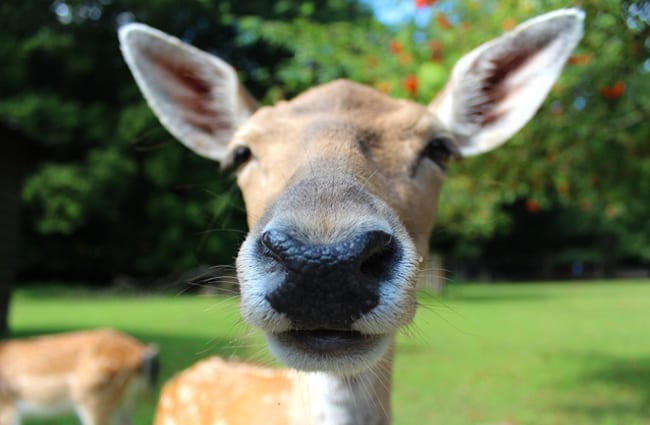
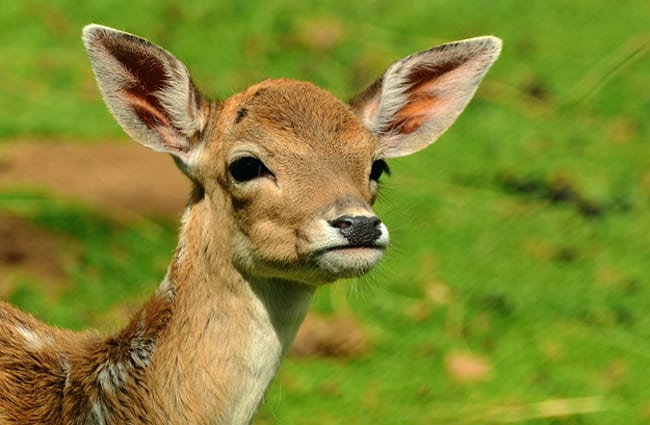
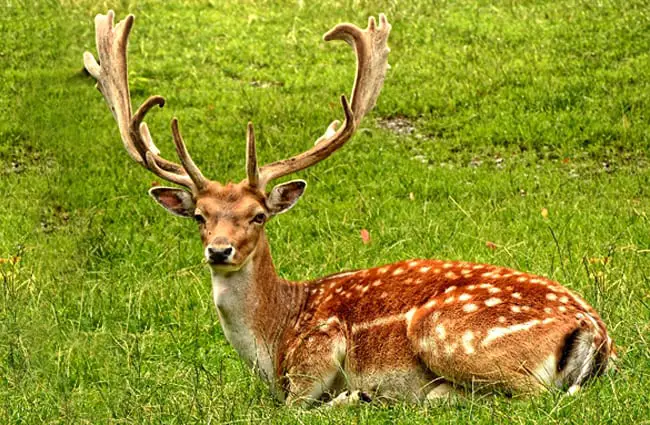
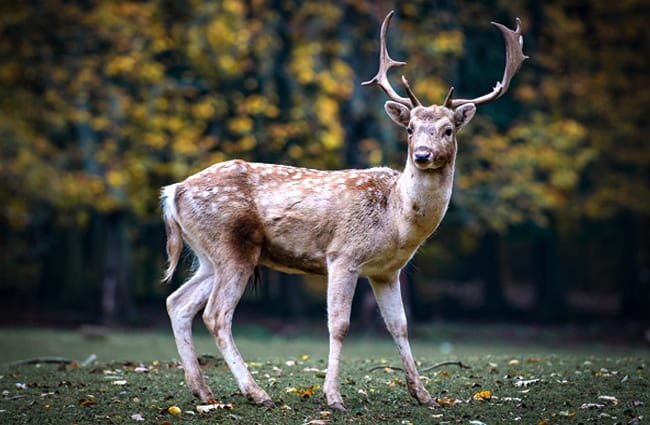
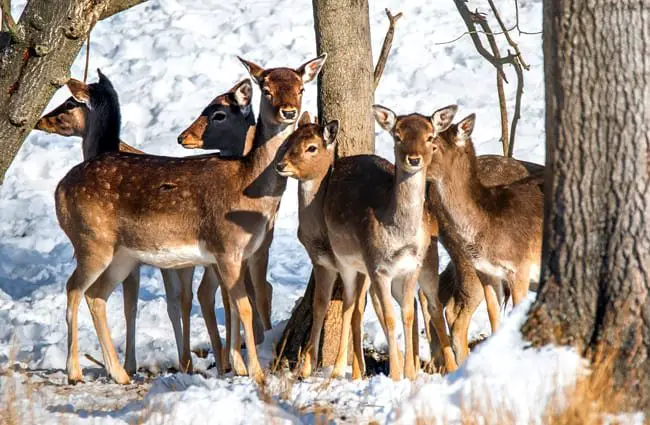


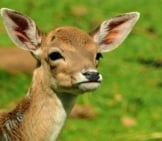
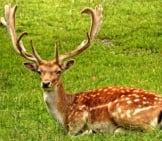

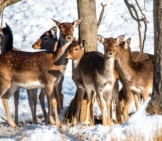
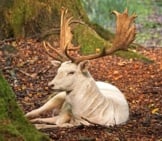
![Red Angus Closeup of a beautiful Red Angus cowPhoto by: U.S. Department of Agriculture [pubic domain]https://creativecommons.org/licenses/by/2.0/](https://animals.net/wp-content/uploads/2020/03/Red-Angus-4-238x178.jpg)


![Red Angus Closeup of a beautiful Red Angus cowPhoto by: U.S. Department of Agriculture [pubic domain]https://creativecommons.org/licenses/by/2.0/](https://animals.net/wp-content/uploads/2020/03/Red-Angus-4-100x75.jpg)

